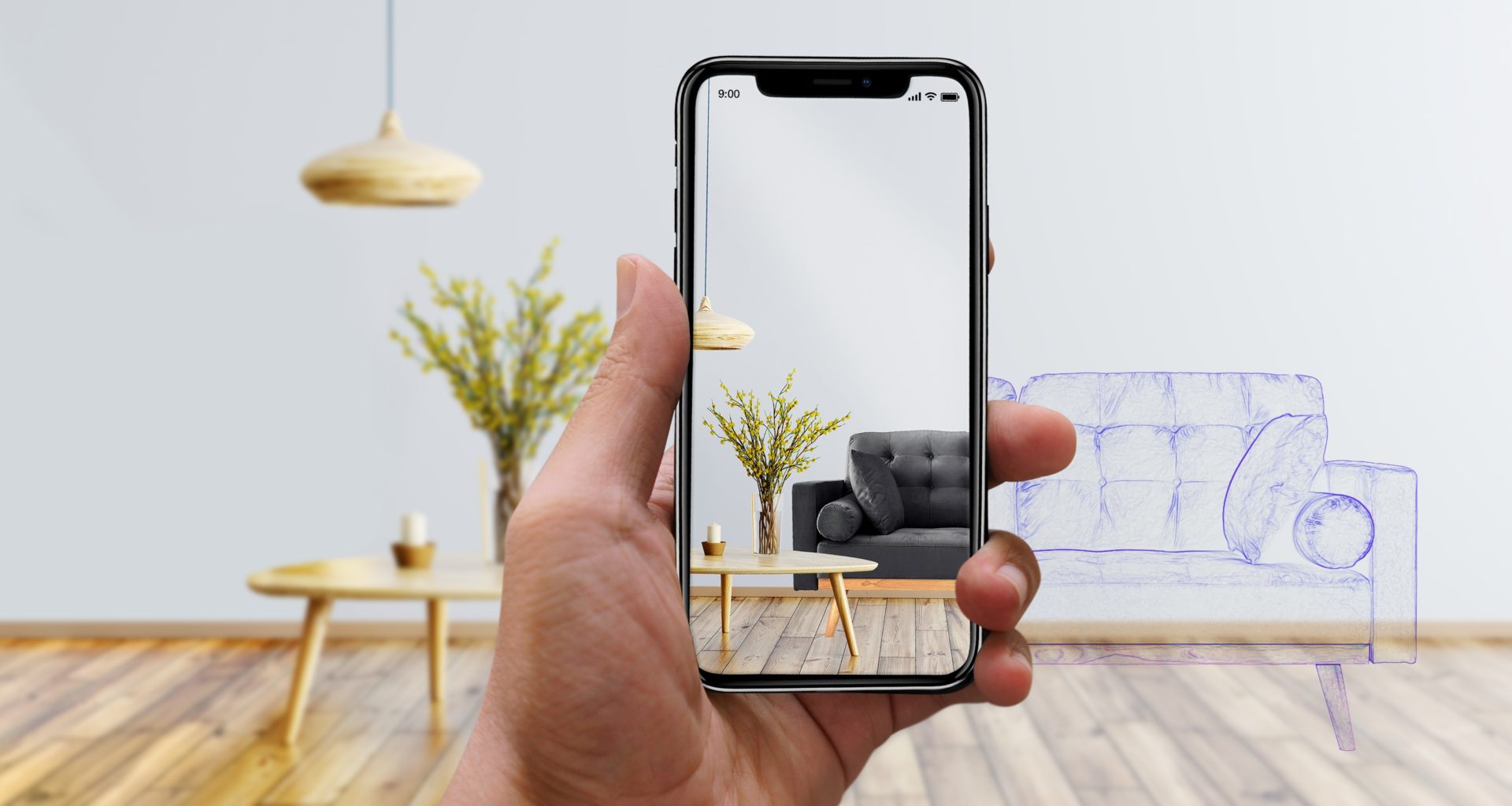Nov 22, 2023
Introduction
In the fast-paced technological landscape of Singapore, innovations in Augmented Reality (AR) are reshaping industries and redefining user experiences. Among the various AR approaches, Marker-Based Augmented Reality stands out as a powerful tool that leverages real-world triggers to create immersive and interactive digital experiences. In this blog, we explore the dynamic landscape of Marker-Based AR in Singapore, examining how it is transforming industries and capturing the imagination of users across the city-state.
Understanding Marker-Based Augmented Reality
Marker-Based AR relies on physical markers, often in the form of images or patterns, to trigger digital content. These markers act as anchors in the real world, allowing AR devices to recognize and overlay virtual elements onto the physical environment. In Singapore, this technology is gaining momentum across diverse sectors, unleashing a new wave of possibilities.
Applications in Education and Tourism
Interactive Learning Experiences:
Singapore is renowned for its commitment to education, and Marker-Based AR is finding its way into classrooms. Educational materials, when enhanced with AR markers, come to life, providing students with interactive and engaging content. From historical landmarks to scientific concepts, Marker-Based AR makes learning more immersive and enjoyable.
Enhanced Tourism Experiences:
Singapore's vibrant tourism sector is harnessing Marker-Based AR to offer visitors a unique and enriched experience. Tourists equipped with AR-enabled devices can point their cameras at designated markers to receive historical insights, 3D visualizations, and interactive guides, enhancing their exploration of iconic sites like Marina Bay and Sentosa Island.
Impact on Retail and Marketing
Virtual Try-Ons and Product Visualization:
In the retail landscape of Singapore, Marker-Based AR is revolutionizing the way customers experience products. Retailers are implementing virtual try-on features, allowing customers to visualize clothing, accessories, and even furniture in real-time. This not only enhances the shopping experience but also reduces the need for physical trials.
Interactive Advertising Campaigns:
Marketers in Singapore are capitalizing on the interactivity of Marker-Based AR for advertising campaigns. Print materials, billboards, and product packaging come to life when viewed through AR-enabled devices, providing consumers with a more engaging and memorable brand experience.
Innovations in Urban Planning and Architecture
Architectural Visualization:
Singapore's commitment to sustainable urban development is complemented by Marker-Based AR in architecture. Urban planners and architects use AR to visualize proposed structures and developments in the actual location, allowing for better decision-making and community engagement.
Interactive Public Art Installations:
The vibrant arts and culture scene in Singapore is embracing Marker-Based AR to create interactive public art installations. Visitors can use their smartphones to unlock digital content, turning ordinary spaces into dynamic and immersive art experiences.
Conclusion

Marker-Based Augmented Reality is unlocking a realm of possibilities in Singapore, blending the virtual and physical worlds seamlessly. From education to tourism, retail, marketing, urban planning, and beyond, the city-state is embracing this technology to create innovative and engaging experiences. As Marker-Based AR continues to evolve, its impact on Singapore's technological landscape promises to be profound, shaping a future where the boundaries between the real and the virtual are redefined for the benefit of industries and the delight of users.





